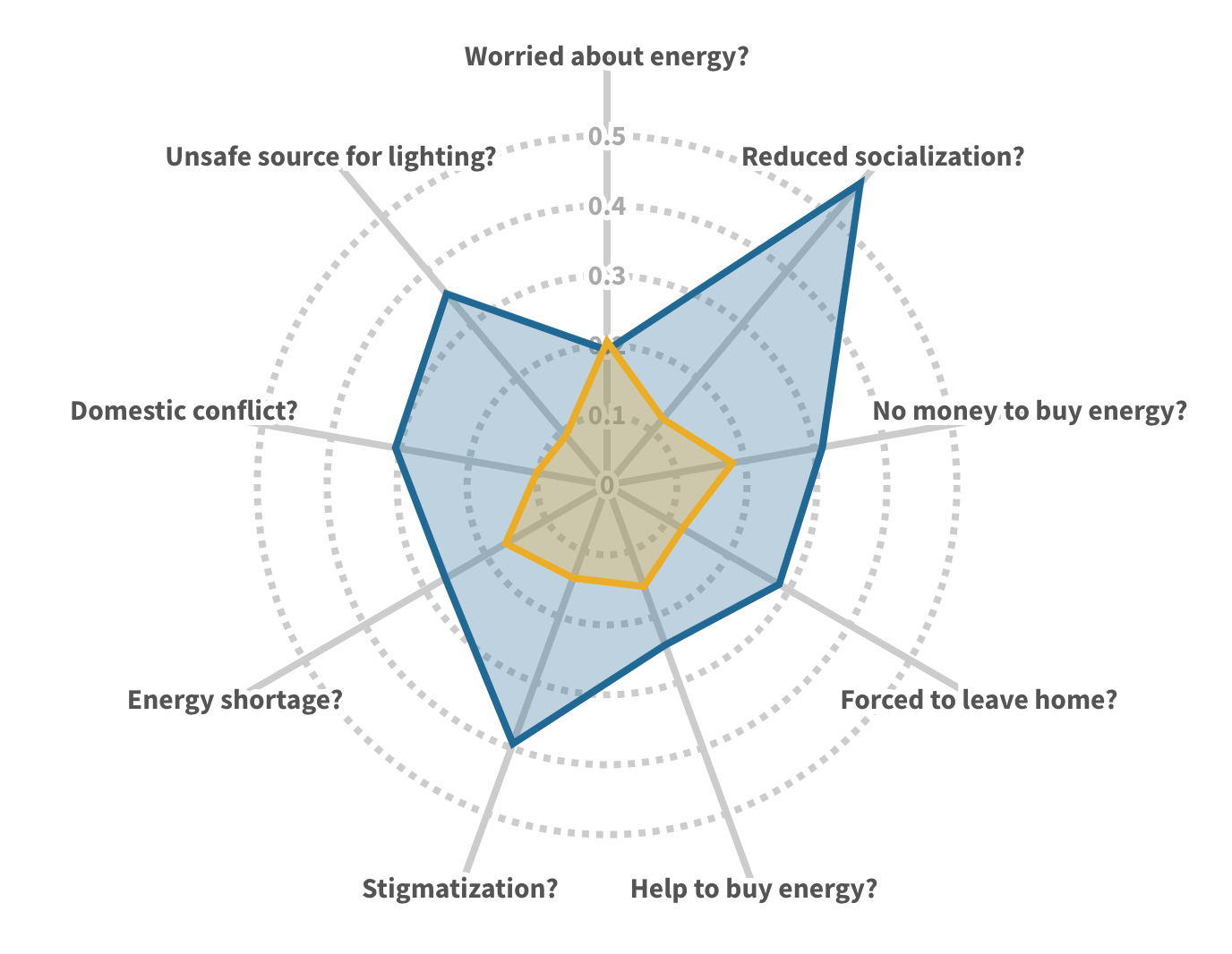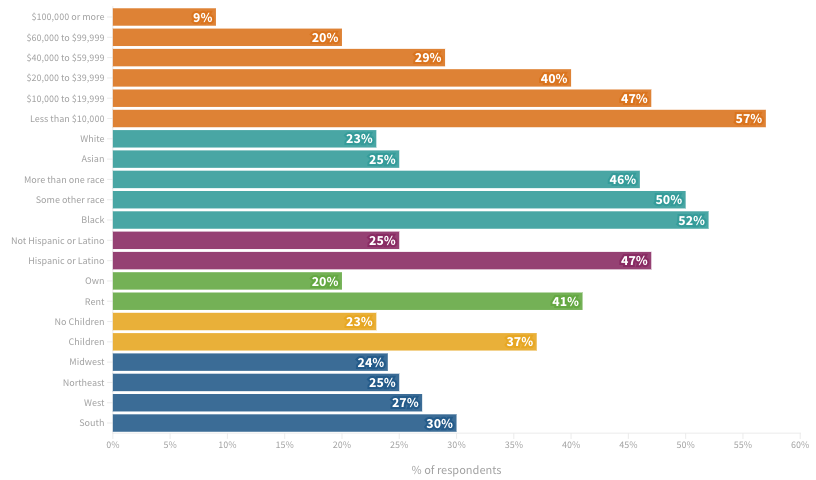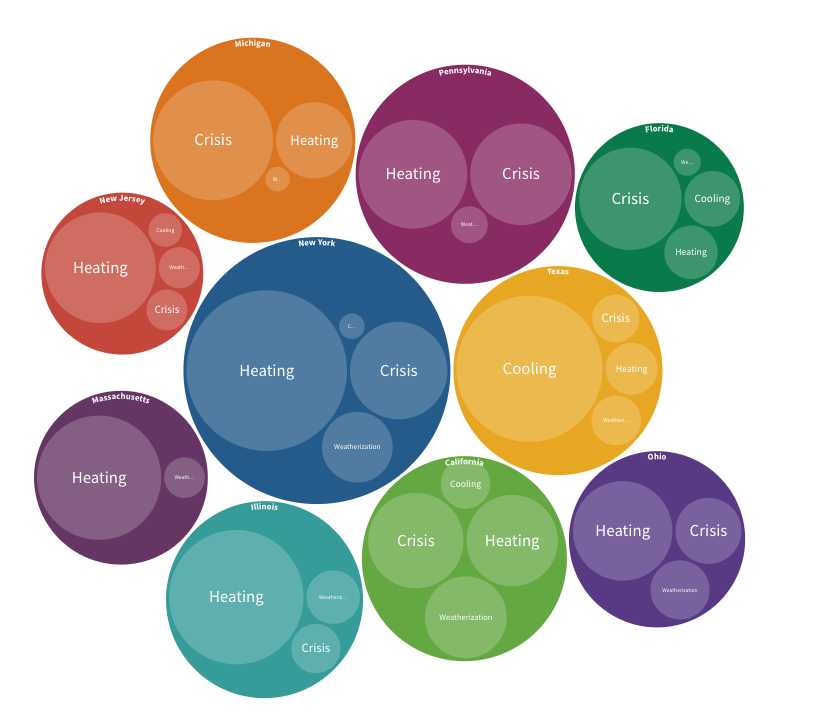
How do people in Nigeria and Ghana experience energy insecurity?
Energy insecurity in Nigeria and Ghana is a pressing issue, with challenges in accessing affordable and clean energy. Nigerians face more severe experiences, including social exclusion, while Ghanaians deal with payment responsibilities and cooking methods. Addressing these issues is crucial for improving energy access in both countries.



